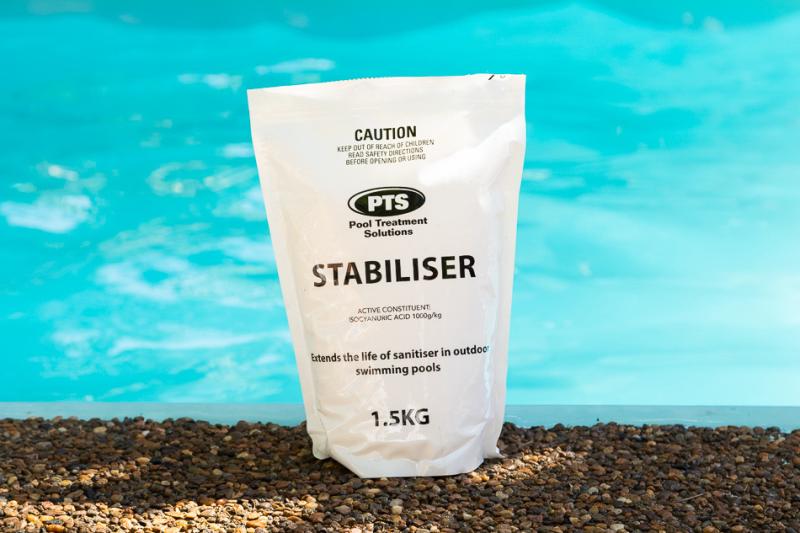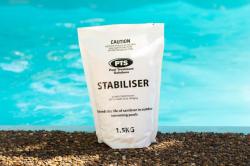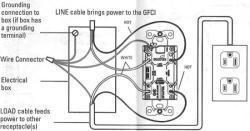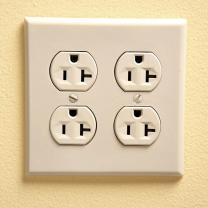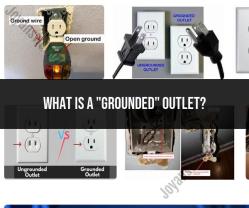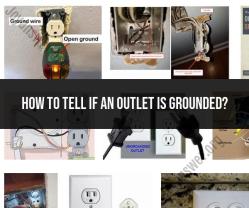How do I add acid to my Pool?
Balancing the pH levels in your pool is crucial for maintaining water quality, preventing corrosion of pool equipment, and ensuring swimmer comfort. Adding acid to your pool is a common method to lower the pH if it's too high. Here's a step-by-step guide on how to add acid to your pool:
Note: Always follow the specific instructions on the acid product you're using and adhere to safety precautions. If you're uncertain, consult with a pool professional.
Steps to Add Acid to Your Pool:
Test the pH Level:
- Use a pool water test kit to measure the pH level of your pool water. The ideal pH range for a pool is typically between 7.2 and 7.8.
Determine the Amount of Acid Needed:
- Refer to the instructions on the acid product to determine the recommended amount based on your pool size and the current pH level. Follow the manufacturer's guidelines carefully.
Calculate the Acid Quantity:
- Calculate the amount of acid needed based on your pool's volume. The formula is usually provided on the acid container. The formula often involves dividing the required dose by the concentration of the acid.
Choose the Right Acid:
- There are different types of acids used to lower pH in pools. Muriatic acid and dry acid (sodium bisulfate) are common options. Follow the recommendations of your pool professional or the manufacturer's guidelines for your specific pool.
Safety Precautions:
- Put on appropriate safety gear, including gloves and eye protection. Work in a well-ventilated area, and be cautious when handling acid to avoid spills or splashes.
Pre-dissolve Dry Acid (if using):
- If you're using dry acid, it's recommended to pre-dissolve it in a bucket of water before adding it to the pool. Slowly add the dissolved acid to the pool water while the pool pump is running.
Add Acid to the Pool:
- With the pool pump running, add the calculated amount of acid to the pool. Pour the acid slowly and evenly around the pool, preferably near the water return jets to help with distribution.
Wait and Retest:
- Allow the acid to circulate in the pool for a few hours. Retest the pH after a while to ensure it falls within the desired range. If necessary, repeat the process until the pH is balanced.
Monitor Other Water Parameters:
- Regularly test and monitor other water parameters, such as alkalinity and calcium hardness, as they can also affect the overall water balance.
Document and Maintain Records:
- Keep a record of the pool water test results and the amount of acid added. This helps you track changes over time and maintain a consistent water balance.
Remember that pH levels can fluctuate due to various factors, including weather, pool usage, and the addition of other chemicals. Regular testing and adjustments will help you maintain a healthy and well-balanced pool environment. If you're unsure about the process, consider seeking advice from a pool professional.
What are the safe methods for adding acid to a pool?
Adding acid to a pool safely requires careful preparation and adherence to specific procedures to avoid harm and ensure proper water balance. Here are the key steps:
Preparation:
- Read and understand the safety instructions on the acid product label. Wear protective gear like gloves, goggles, and long sleeves/pants.
- Test your pool water: Use a pool test kit to measure the pH and total alkalinity (TA) levels. Acid lowers pH and raises TA, so understanding their current values is crucial.
- Calculate the required acid amount: Use a pool chemical calculator or follow the manufacturer's instructions based on your pool volume, pH target, and current TA level. Avoid over-acidifying, as it can damage pool surfaces and irritate skin.
- Choose the right acid type: Muriatic acid is the most common, but others like cyanuric acid or sulfuric acid exist with different properties. Opt for the type recommended for your specific pool chemistry needs.
- Prepare a dilution bucket: Never add concentrated acid directly to the pool. Use a clean, plastic bucket and dilute the acid with water according to the manufacturer's instructions. This reduces splashing and fumes.
Addition:
- Turn off pool circulation pumps and filtration system. This prevents the acid from being distributed unevenly and damaging equipment.
- Slowly add the diluted acid to the deepest part of the pool. Pour it gradually around the perimeter while walking to ensure even distribution. Avoid splashing near the edges or swimmers.
- Wait at least 30 minutes before turning on the pumps and filtration system. This allows the acid to mix thoroughly with the pool water.
- Retest the pool water pH and TA levels. Adjust further if necessary, aiming for a pH range of 7.2-7.8 and a TA level within the recommended range for your pool type.
Additional safety tips:
- Never add acid directly to chlorine or other pool chemicals. Mix them in separate buckets before adding them to the pool.
- Store pool chemicals in a cool, dry, and secure location away from children and pets.
- Dispose of empty containers properly according to local regulations.
- Seek professional help if you're unsure about any aspect of pool chemistry or acid addition.
Remember, safety is paramount when handling pool chemicals. By following these guidelines and exercising caution, you can safely adjust your pool's pH and maintain optimal water balance for enjoyable swimming.
Enjoy your safe and refreshing pool!
